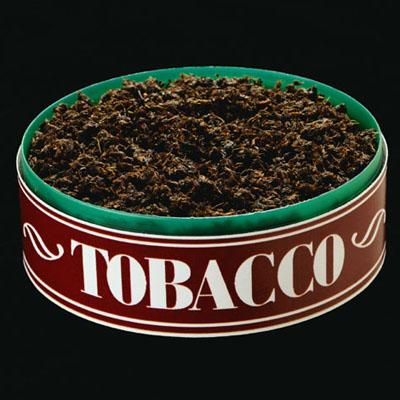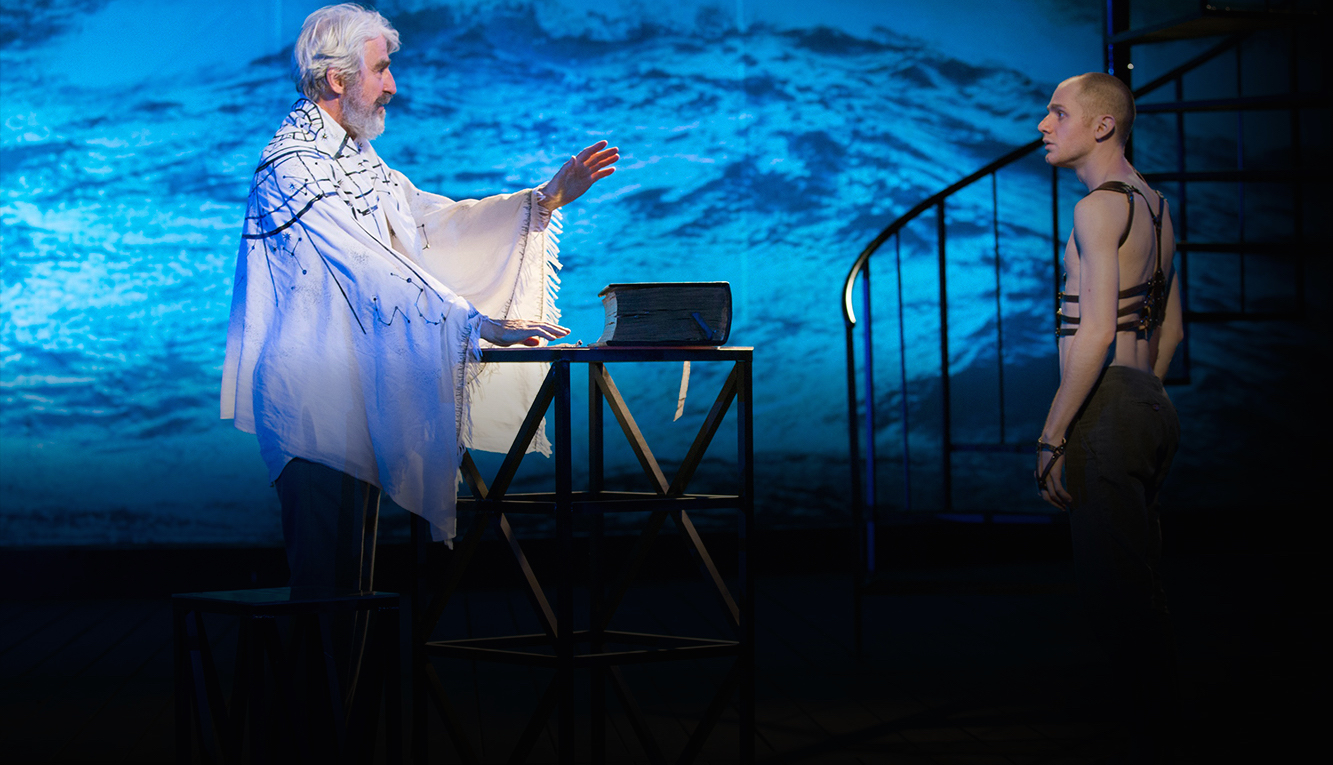My senior year English teacher showed me the wrong movie directed by Akira Kurosawa, Rashomon. While Rashomon, a 1950 Academy Award-winning psychological classic, may bea well-assembled masterpiece that slowly reveals itself as a meditation on perspective and ultimate truth—for an insecure 17-year-old whose favorite movie was (is) Star Wars Episode III: Revenge of the Sith, Rashomon was a dreary, one-note, strangely acted “snooze-fest” that lacked relatability to the world I was living in.
After reluctantly revisiting Kurosawa 10 years later, I realized a better fitting film for a room full of angsty teenagers would have been his 1963 film, High and Low—a film that traverses through several genres, including a thrilling police procedural, a contemplative look at social and economic inequality, and a character study that evokes questions of mortality and legacy. More importantly, however, High and Low is relevant, recognizable, and intriguing to dumb 17-year olds.
At the time Rashomon was shown to me, I was engaging in the illicit behavior of stealing my dad’s company computer to watch episodes of Law and Order: SVU after my parents went to sleep. For those who may not know—or are void of life’s simplest joys—SVU stands for Special Victims Unit. Save for select seasons of ER, Law and Order: SVU is possibly the most binge-able network drama of all time. Each 40-minute episode unveils a tight formulaic structure, a gang of heroic and stoic protagonists, and exposure to enough perversion to be intriguing but not enough to be revolting. All of which elements High and Low shares.
Divided into two parts, High and Low starts with a kidnapping in its static yet riveting opening act, and then pivots to the second half’s hunt for the villainous criminal. The central figure is a power-hungry affluent family man named Gondo who’s in the act of a hostile takeover of a shoe company, and lives in a towering home above a working-class town. As it moves into its second act, the film immerses its audience in the twists and turns of this police investigation.
Watching the movie in my apartment at 11PM on a Tuesday brought back the same sensation I had when I would power-up my father’s grey Dell, throw my covers over the laptop, and launch myself into the world of SVU’s dynamic duo, Detectives Olivia Benson and Elliot Stabler. While I thought I was only rebelling against my strict parents—whose household bedtime was 8:30PM —by watching a show about sex crimes late on a school night, I also was exploring the riveting sensation of being drawn into a cinematic formula of repetitious yet strangely capricious cycle of events that leads viewers to surrender themselves completely to following the story.
High and Low and SVU share the same soothingly formulaic rhythms: a nefarious crime is committed; competent yet flawed detectives question witnesses, engage in dramatic chase scenes, and eventually are convinced they have found the perpetrator, only to find out they are mistaken—which leads the detectives to change course and resolve the cycle by successfully identifying the true horrifying criminal. High and Low effectively employs these structural beats, which are familiar to lovers of the crime procedural, only to then expose the audience to a complex character study and a clear portrait of wealth disparities. This film is ideal for an English class because the journey is both incredibly recognizable to modern viewing habits, while still opening the space for discussion on broader themes of the world and storytelling. High and Low masterfully combines SVU’s structure with the essence of high school literary classics such as The Great Gatsby and Animal Farm.
If I had watched this filmten years prior, and had the confidence to speak to full-formed adults, I would have advocated for High and Low, rather than Rashomon, recognizing that the crime-drama sequence in High and Low is not the only relatable aspect to 17-year olds, but that the villain’s ultimate motive for his crime is uniquely resonant to the irrational jealousy felt by most teenagers in their most insecure years. Everywhere the villain goes in the town, he is reminded of his inferior social status. When he steps out of his small river shack, or enters a seedy and impoverished drug-ridden alley, he is forced to look up and see Gondo’s mansion perched at the top of the town, mockingly towering over him—much like how a high-schooler walks through the hall, continually spotting perceived superior cotemporaries: classmates that are better-looking, taller, more athletic, and smarter. The villain doesn’t see Gondo’s professional distress or his familial tensions; all he sees is his beautiful castle on a hill, reminding him that he is less-than. Kurosawa crafts the antagonist in a way that the viewer fully understands his criminal motives. We don’t forgive or excuse the monstrous transgressions, but we understand the set of beliefs and perceived truths that the villain lives with. Especially at a vulnerable age, when a person’s social status is highly important and self-esteem is regularly assaulted, the perpetual envy that High and Low’s evil figure inhabits is recognizable to a particular coming-of-age moment. Studying a work that strives to fully understand a feeling—one that is vividly present in your life—forces you to engage in the work in rare and complex ways.
Not only is this film accessible on emotional and structural levels, but it also sets an important example for a future generation interested in engaging with and creating art. High and Low is an extremely decisive and bold film, one that embodies a confidence that would be perfect for a high-schooler thinking about creative choices. Every shot, character, sequence, set design, blocking movement, sound, and dialogue is beyond self-assured. It forces the audience to withdraw any apprehension when viewing this movie.
This confidence is demonstrated across countless aspects of the movie, but none more clearly than Kurosawa’s rule-breaking. Throughout the film, he is consistently ceasing to abide by cinematic norms—and even rules he established himself. Halfway through the film, which had previously contained no hints of a score, there is a dramatic horn sample that blares over the resolution of a climactic scene. A movie that is strictly black and white displays a shocking use of color that masterfully calls the viewer back to a previous plot point. There is a lack of adherence to one genre; instead, the film assuredly penetrates a business drama, a Hitchcockian thriller, a social commentary, a character study, and a police procedural—all within its run time. What is a more prescient creative lesson for a high-schooler than a blatant example of an artist taking bold risks and succeeding, mostly because his audaciousness doesn’t allow his decisions to fail?
Do I think that my senior year English Teacher would ever listen to an impassioned argument on why she chose the wrong movie for her class? Probably not. Mostly because she probably thought that I didn’t meet the academic threshold for her AP class anyway. Kurosawa, however, would have likely supported my bold choice to enroll in a class above my skill level. So at least I’ve got him in my corner.




